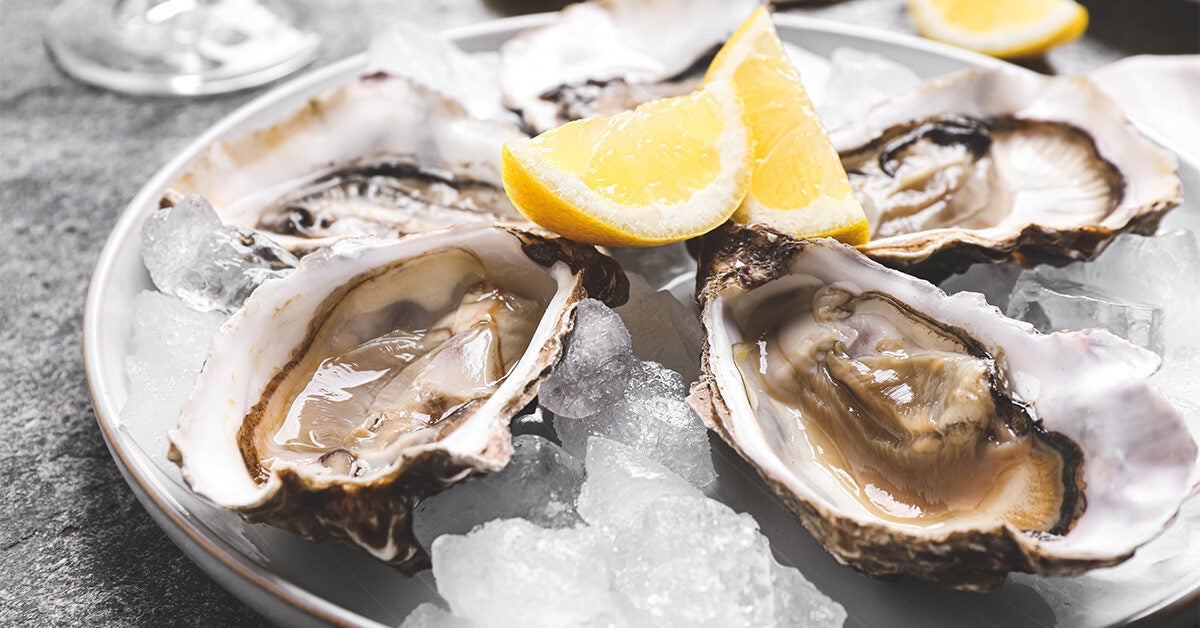Oyster farmers in western France have sacrificed a seafood feast and positioned a mega-mollusk weighing 1.44 kilograms (3.2 pounds) lower back within the water after naming it “Georgette” in honor of a retiring worker.
The 25-centimeter (10-inch) lengthy oyster was discovered at Talmont-Saint-Hilaire inside the Vendee department closing Friday. “I become working inside the channel and strolling alongside, I felt something with my foot,” said Mathieu Naslin, an employee of the Viviers de la Guittiere oyster farm. “I picked it up, and it was a big oyster,” he instructed AFP on Thursday.
In April, another great oyster became located at a farm near the Sables d’Olonne vicinity, weighing 1.3 kilograms. “It’s scarce,” stated Naslin, adding that he had not seen anything like it all through eight years. “No doubt there are more oysters this massive out at sea, but in the farms, you do now not anticipate this. “The salinity degree occasionally drops lots because we’re next to a lake that places water into our channel. That restricts the boom of the oysters.” Again, to the Atlantic waters, the oyster became nicknamed “Georgette” after one of the retired employees. “She became a matriarch at the company,” Maslin explained.
The team has anticipated Georgette becoming 13-15 years old, considering a business oyster usually grows approximately 3 centimeters a year and stays inside the water for three years. “Nonetheless, it has been shown from the growth of the shells that an oyster can live for between 35 and sixty-five years,” he said. Georgette is fit for human consumption; however, the farm has no goal of selling it. “Some folks move for huge oysters, but we want to keep it alive, and why not preserve it developing? It’s like a trophy,” Maslin stated. “Quite some humans have offered to shop for it. “As a shaggy dog story, the boss told us he might not allow it to go for under 2,000 euros ($2,240). “But we’d not promote it, even for 30,000 euros.”

It could be a trendy Japanese seamed rice bowl in the northern area. At the start, I should explain approximately rice bowl-style consumption. In Japan, steamed rice is the leading food to consume carbohydrates and protein every three meals. Steamed rice is a convenient meal; as it does not have a strong flavor, it can be adjusted to any dishes of fish, meat, veggies, and so forth. So we Japanese use it to make rice bowls with meat or fish, putting them on rice. This is one of the Japanese special fast meals. You may also recognize “Yoshinoya” in a few US cities promoting beef rice bowls.
Have you ever seen Sea urchins at the seaside or sea meals save?
It looks like a hedgehog or chestnut in a spiky shell, but inside it, you can discover many yellow or orange-colored gonads, which the Japanese like to devour. Since the number of sea urchins has increased, the sea urchin isn’t enough to apply as fast food. Now, the sea urchin rice bowl costs more than 3000 yen, 25 US dollars; however, you can experience it at a reasonable charge in a seaside village in Aomori prefecture. Local small eating places generally have a sea urchin rice bowl on their menu, costing less than 1500 yen, with numerous sparkling sea urchins.
Guide Shakudo is one of the well-known small eating places in Sai village. You can revel in seafood set with sea urchin rice bowl at 1500 yen, and pretty, you may locate lots of sea urchin gonad placed on the rice bowl, more significant than two instances a great deal than the luxurious one you generally can eat in a Sushi bar in large Japanese towns. The flavor of sea urchin is like …No, I cannot believe any Western foods. Try and experience it while you visit Japan.


